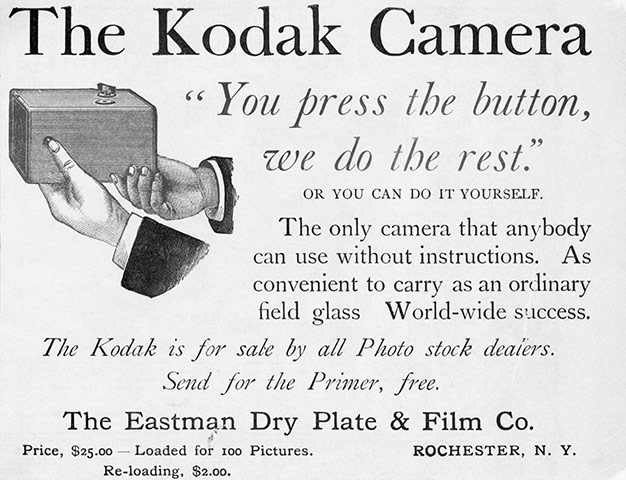My creative experience. Hey! This is what I love to do anyways. What better moment to capture than one of my friends wedding. A beautiful day, memories to share, an assignment to be done, and an iPhone 4s in my pocket. What better timing. I'm no professional, but here are some of the images I'd like to share with you.
Photos by: Melissa Gorneault
Photo source: iPhone 4s
In my “book introduction” blog post I wrote, Photojournalism is the use of images to tell a story. When I think of photojournalism I think about the pictures that have been taken after an important time or event that has occurred. These photos capture the story of an event and keep that memory easy to remember in the near and far future.
Over the past 5 ½ weeks I have learned about many photojournalists and photojournalism as a profession. It is amazing how much information one can be faced with in such a short period of time. I must say I had a strong interest in reading over all of the course content information and the blog posts that everyone creatively put together. This class was different from many others in that I enjoyed the content information. It was kind of like trying to put down a good book. As tempting as it was at times too just move on and start the assignments I was so involved in the information I didn’t want to just “move on.” I think many will agree!
While reading the content information for the pre-digital technology and researching the advances in the motor drive technology I immediately thought “what I would have to show without this special advance in technology?” In my blog I remember saying, “Without the new advances in cameras and the motor drive it would be great trouble trying to capture all these memories and I would look back on many of these as a blur – literally.” The idea for this blog drove me to the park with my kids to take pictures as my kids were “moving” around. Before understanding this concept, I took for granted how lucky I am to be able to take many pictures today. One other thing I would like to mention are the principles that when use when assessing photographs. I love how most digital cameras and cell phones (well at least mine) have those boxes that try and focus in on the "main subject" of the picture. It gets interesting when there are several people in the picture :-)
So the question appears again. Do photographs change the world? Yes, absolutely they can. Many images have an impact on society. Specifically, photojournalists’ images can have an impact on society through the stories they tell. When looking at an image, I mention in my blog, “It is the keen eye of the person looking at the photo that decides the impact the photo can have on that individual itself or the society as a whole.” I was touched by the work of Lewis Hines. Lewis said, “the camera became a powerful means of recording social injustice and labor abuses.” He travelled over 12,000 miles in a year’s period taking pictures of children working in factories. Hines used these images to reform child labor. After working for the National Child Labor Committee for eight years, in 1916 Congress eventually agreed to pass legislation to protect children.
As a "historian" and studying the History of Photojournalism, I have come to realize that photojournalism is more than just a picture that has been taken after an important event to tell a story. Photojournalism requires dedication, motivation, a passion, strength, and independence, just to name a few assets. It takes more than just a camera, film, and an event to represent what photojournalism is. Looking back in history, the eye behind the camera is what sets forth presented from each individual photojournalist. I feel that the history of photojournalism is important because many photojournalists are under appreciated for the simple fact that people do not understand what they are and or can be faced with. I have much respect for every photojournalist.












